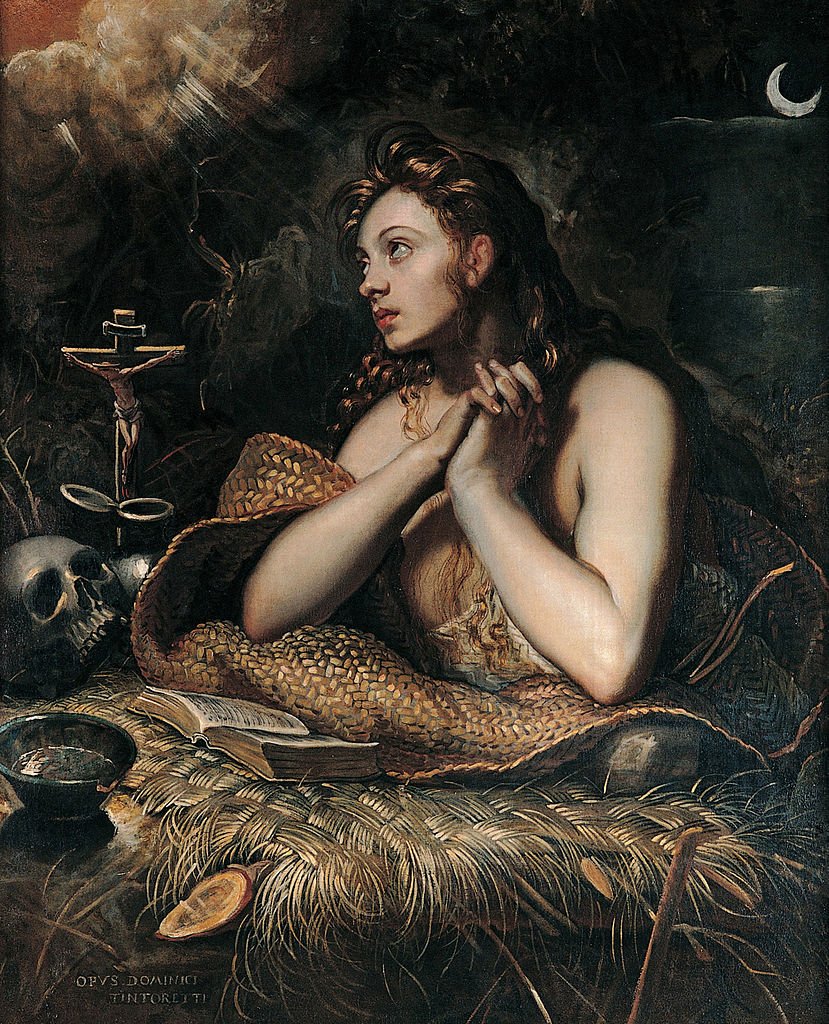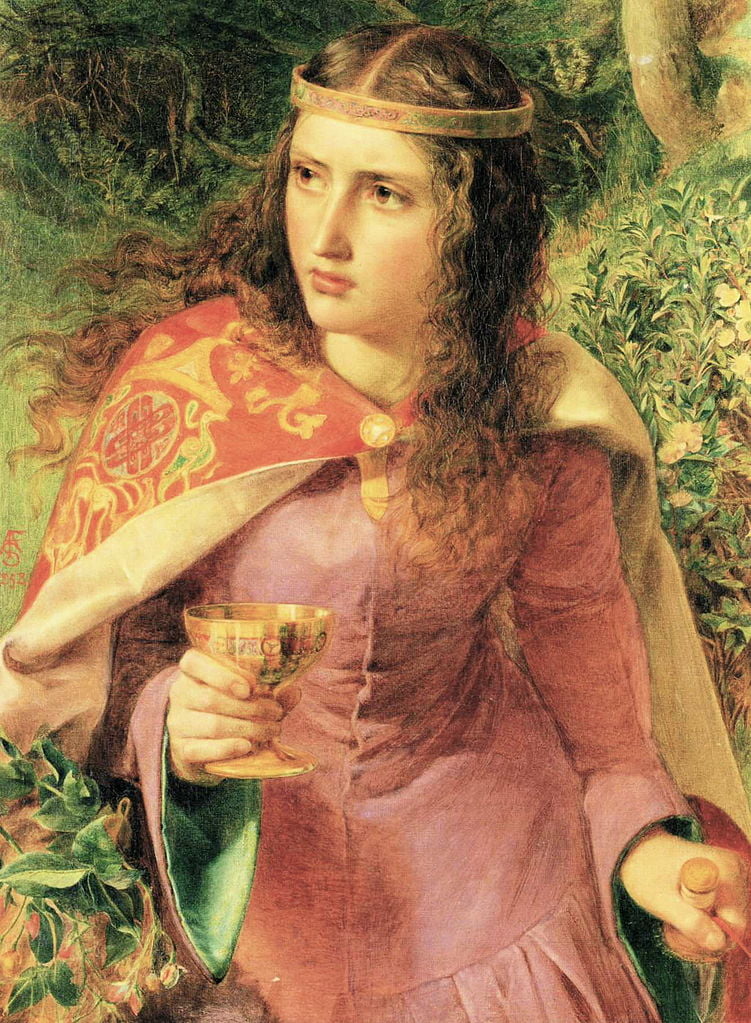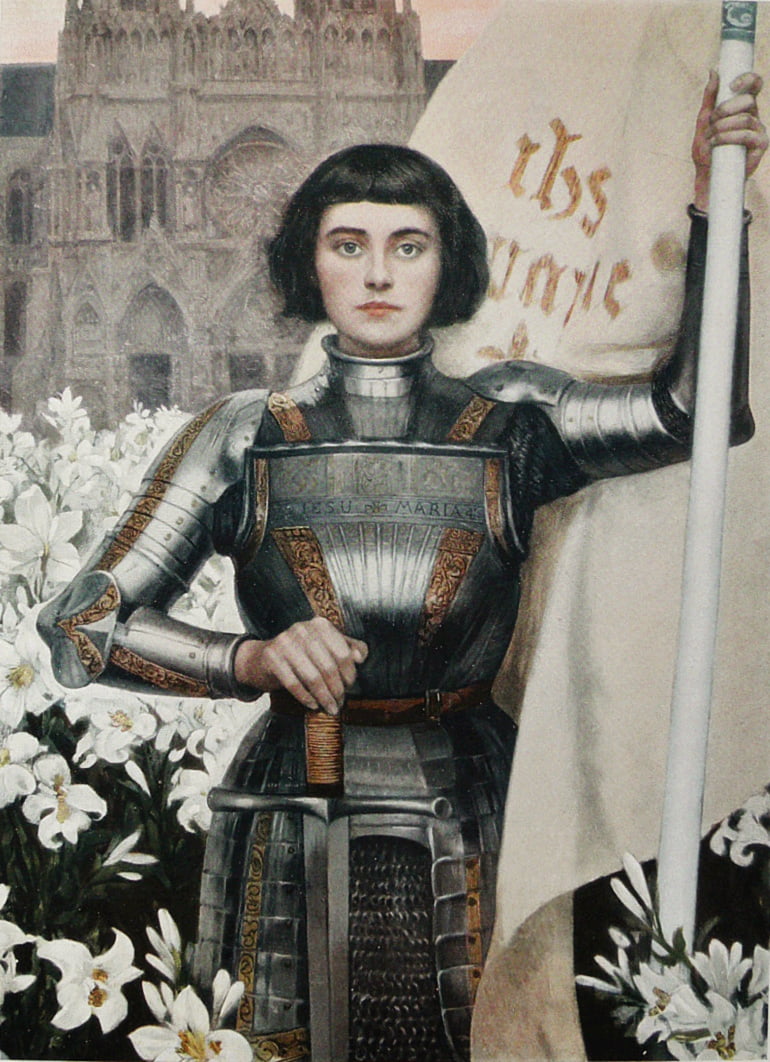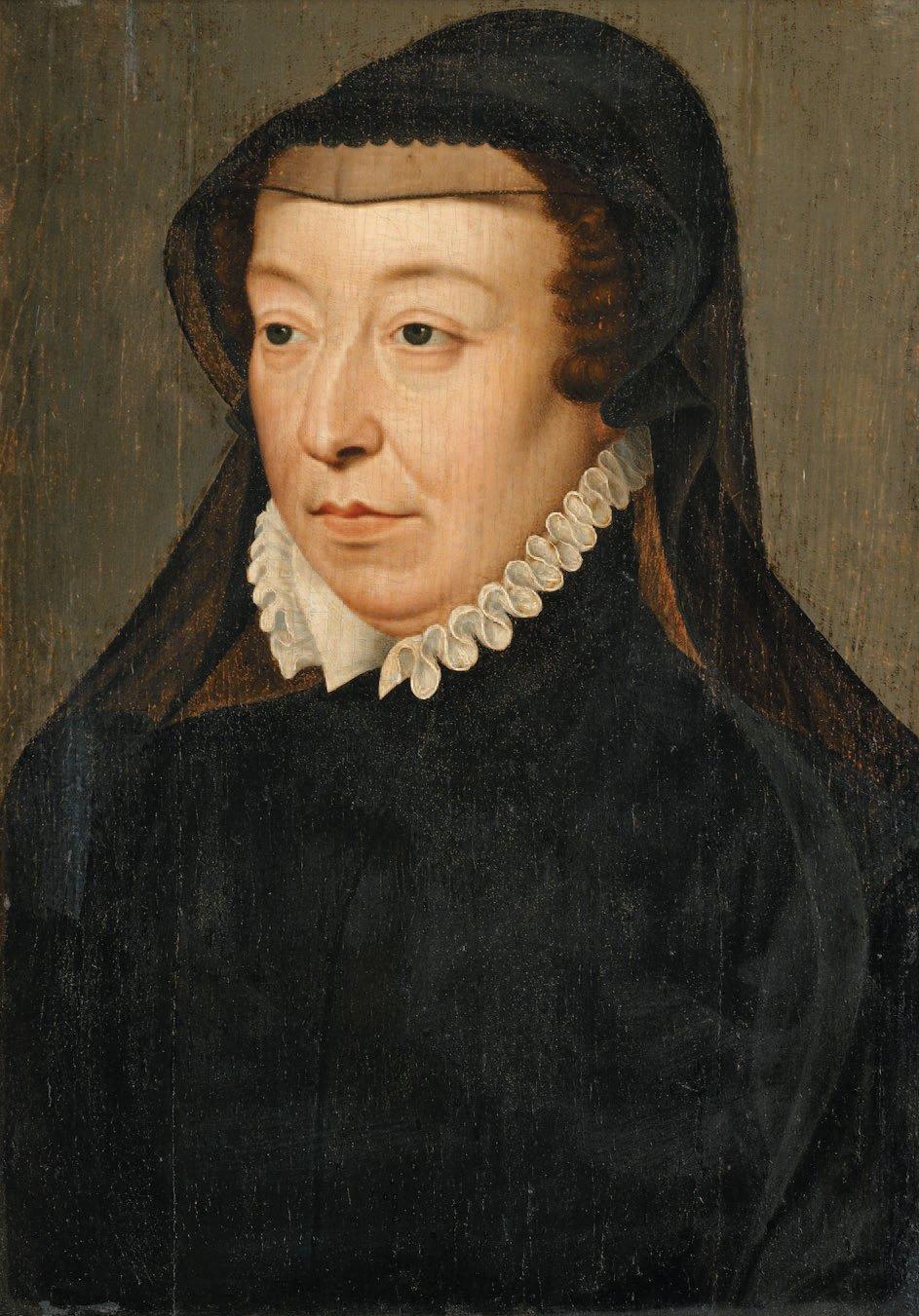Great Women of France: 16th century & before – Part 1
Who are the great women of France? There are so many, it is hard to list them all! But let’s start with 15 who have played important roles in the history of la belle France. You’ll find a few surprises on our list, like the woman who was not French but American, and another who may never have been to France at all! But that’s part of the fun of learning about these extraordinary women.
There is so much to say that we’ve divided our list into three different articles, each discussing five women.
- Part 1 – the period up to the end of the 16th Century,
- Part 2 – the period up to the end of the 19th Century, and
- Part 3 – the 20th Century.
Who’s missing? Who shouldn’t be here? Tell us in the comments below!
Mary Magdalene

Did Mary Magdalene once live in Provence? It may only be a legend, but there are a lot of people who believe it. The story is told that after the death of Jesus, the Roman authorities wanted to get rid of his troublemaking followers. Several were put in a boat without a sail or a rudder and pushed out to sea to perish. But instead of meeting a grim fate, they were miraculously guided to Provence, where they landed at Saintes-Maries-de-la-Mer. Today, a huge procession commemorates this arrival every year.
The passengers in the boat vary depending on who’s telling the story, but they usually include Mary Magdalene, Mary Salomé, Mary Jacobé, Martha, Lazarus, Maximin, and their servant Sara. After landing, the group split up to spread the Word throughout Provence. Mary Magdalene worked with Lazarus to convert the region to Christianity, then spent her last years in prayer and penance in a remote grotto in the Sainte-Baume mountains. This grotto is managed by the Dominicans and you can visit it today.
Mary herself is said to be buried in the Basilica of Mary Magdalene in the town of Saint Maximin-la-Sainte-Baume.
Saint Geneviève: 423 – 505
Young Geneviève was born into comfortable circumstances in a town near Paris. Even as a girl, her religious devotion was apparent, and she became known for her visions and prophesies. Geneviève’s life and even her afterlife were marked by miracles, and she is credited with saving Paris from many disasters. In 451, when Attila and his Huns swept through France on their way to Paris, Geneviève led the Parisians in prayer and acts of penance. Miraculously, Attila changed course and attacked Orléans instead.
Later, when the Frankish warlord Merowig laid siege to the city, Geneviève used her own resources to feed and comfort the poor. Her religious devotion influenced Merowig and his successor Clovis to show leniency to the people of Paris. She became an influential advisor to Clovis, the first Christian king of France.
After Geneviève’s death, she was credited with many miracles, like saving Paris from a great flood in 834. In 1129, when a plague that had killed thousands threatened to overwhelm the city, her relics were paraded through town and the plague suddenly ended.
For her many miracles, Geneviève was both sainted and made the patron saint of Paris. Over the centuries, several churches were built in her honor, the last and greatest of which was later converted into the Pantheon.
Eleanor of Aquitaine: 1122 – 1204

It is hard to imagine a more tumultuous life than that of Eleanor of Aquitaine. The Duchy of Aquitaine was large and powerful—about one-third of modern France—and very desirable. When Eleanor became its duchess at the age of 15, upon the death of her father, she instantly became the most eligible bachelorette in Europe. Before he died, her father had arranged for the elderly King of France to act as her guardian until she reached the age of majority. Guardian indeed—the clever French king immediately married her off to his son Louis, who soon became king, making Eleanor the queen of France.
Eleanor retained control of Aquitaine, however, which led to power struggles throughout her lifetime. The marriage to Louis did not last, however, in part because Eleanor was not able to produce a male heir. When the marriage was annulled, Eleanor promptly married Henry, future king of
England. Once again, she was a queen.
Her second marriage proved no easier than her first, however, as she and her husband often battled over Aquitaine. But they must not have fought all the time, because the marriage produced eight children, including five sons.
Those sons fought with the father as well, and one led a rebellion against him, which Eleanor supported. The rebellion failed, the son was banished, and Eleanor spent the next 16 years in prison. She was released when another son, Richard the Lionheart, became king, and during his years away on a Crusade she helped rule England in his absence.
Eleanor of Aquitaine spent her last few years as a nun, probably exhausted from all the drama.
Joan of Arc: 1412 – 1431

An illiterate girl from a peasant family becomes a warrior, a king’s confidant, and a martyred saint: it is hard to tell where the facts end and the myth begins when it comes to the Maid of Orleans.
When Joan was born, the Hundred Years War had been raging for decades, and much of France was under English domination. The Dauphin Charles, heir to the throne, could not formally claim his kingdom because the English held Reims, where French monarchs were crowned. All seemed lost until young Joan received her first vision from Saint Michael, telling her that she was the long-prophesied “armed virgin” who would save France.
Joan traveled to the dauphin’s court and convinced Charles of her divine mission. He entrusted her with a garrison to bring supplies to the besieged city of Orléans, one of the last remaining French strongholds. There, Joan entered the city, rallied the French troops, and forced the English to abandon their siege. French morale soared, and Joan helped lead the campaign to liberate Reims, where Charles was crowned king of France with Joan at his side.
The story was not to have a happy ending, however, as Joan was later captured in battle. The English orchestrated a corrupt trial at which she was convicted of heresy and then burned at the stake. Despite her death, her martyrdom inspired the French to continue their fight, eventually ejecting the English from their lands.
Today, Joan of Arc is the patron saint of France, a legendary figure who holds a place in the French national imagination like no one else.
Catherine de Medici: 1519 – 1589

Born in Florence to the ruling Medici family, Catherine learned about power and politics from her uncle, Pope Clement VII. He arranged her marriage to the future king of France, with the promise of an enormous dowry. Unfortunately for Catherine, the dowry never arrived, as the pope died before it could be delivered. This made Catherine an outcast in her own new court, with the king flaunting his affair with his beautiful mistress. But Catherine knew her time would come, so she waited and waited, and had lots of children.
When her husband died in an accident, Catherine seized power, ruling France through her son, the new king. But this son was sickly, and the next in line was too young to rule. Were he to become king, a regent would be appointed to rule until he came of age, and Catherine was not first in line to become regent.
But the ruthless Catherine was an admirer of her fellow Florentine Machiavelli and had studied his lessons well. She arranged for a close relative of the rival regent to be sentenced to death on trumped-up charges, then exchanged a commuted sentence for the regency. With maneuvers like this, Catherine ruled France for decades, through one sickly son after another.
Besides her role as France’s ruler, some credit Catherine with bringing haute cuisine to France along with her Florentine chefs. She was also an important patron of the arts and sponsored the creation of the Tuileries Garden. On the negative side, she is remembered for the St. Bartholomew’s Day Massacre, when thousands of French Huguenots were murdered on her orders.
Catherine de Medici was one of the most powerful women in Europe during the Middle Ages, and definitely not someone to mess with.
This is the beginning of quite a list of the Great Women of France in the Middle Ages. But, Who’s missing? Who shouldn’t be here in your view? What are your thoughts?








Fascinating. I have never heard this story of Mary Magdalene.